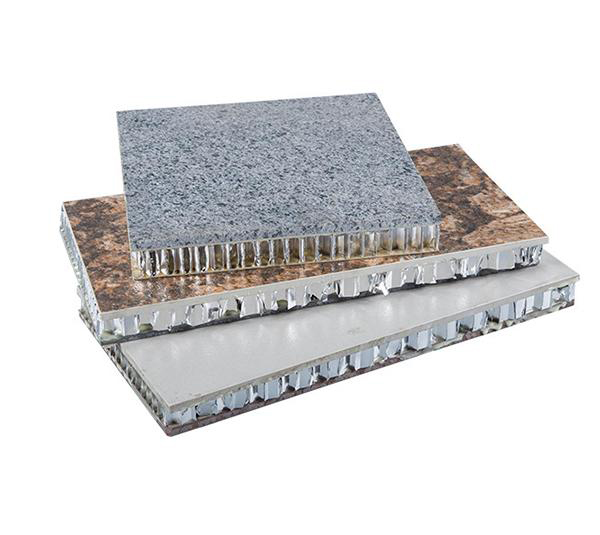Honeycomb composite panels have become increasingly popular as background walls in various architectural and interior design applications. These panels, also known as aluminum honeycomb panels, offer a unique combination of strength, durability, and aesthetic appeal that make them an ideal choice for creating visually stunning and functional wall surfaces. In this article, we will explore the reasons why people are turning to honeycomb composite panels for their background wall needs and the benefits they offer in terms of design, performance, and sustainability.
One of the key reasons why honeycomb composite panels are being used as background walls is their exceptional strength and durability. These panels are constructed using a honeycomb core made of aluminum or other high-strength materials, which is sandwiched between layers of composite material such as aluminum, steel, or fiberglass. This construction creates a lightweight yet incredibly strong panel that can withstand high impact and load-bearing requirements. As a result, honeycomb composite panels are well-suited for use in high-traffic areas where durability is essential, such as commercial spaces, public buildings, and transportation vehicles.
In addition to their strength, honeycomb composite panels offer excellent thermal and acoustic insulation properties. The honeycomb structure of the panels provides a high level of thermal resistance, helping to regulate indoor temperatures and reduce energy consumption. This makes them an attractive choice for creating energy-efficient background walls that contribute to overall building sustainability. Furthermore, the honeycomb core acts as a sound barrier, effectively dampening noise and creating a more comfortable and peaceful environment in interior spaces.


From a design perspective, honeycomb composite panels offer a versatile and customizable solution for creating visually striking background walls. These panels can be manufactured in a wide range of sizes, shapes, and finishes, allowing for endless design possibilities. Whether it's a sleek and modern metallic finish or a textured and patterned surface, honeycomb composite panels can be tailored to suit the aesthetic vision of any space. The lightweight nature of the panels also makes them easy to install and manipulate, enabling designers and architects to explore innovative and creative wall designs that make a bold statement.
Another compelling reason for the growing popularity of honeycomb composite panels as background walls is their sustainability and environmental benefits. The use of lightweight materials in the construction of these panels reduces the overall carbon footprint associated with transportation and installation. Additionally, the durability and longevity of honeycomb composite panels contribute to a reduction in material waste and the need for frequent replacements, making them a sustainable choice for long-term use. Furthermore, the thermal insulation properties of the panels can contribute to energy savings and a reduced environmental impact over the lifespan of a building.
In conclusion, the use of honeycomb composite panels as background walls is driven by a combination of factors, including their strength, durability, insulation properties, design versatility, and sustainability. These panels offer a compelling solution for creating visually stunning and high-performing wall surfaces in a wide range of applications. Whether it's a commercial building, a public space, or a residential interior, honeycomb composite panels provide a durable, aesthetically pleasing, and environmentally friendly option for background walls. As the demand for innovative and sustainable building materials continues to grow, honeycomb composite panels are poised to remain a popular choice for creating impactful and functional wall designs.


Post time: Mar-15-2024






